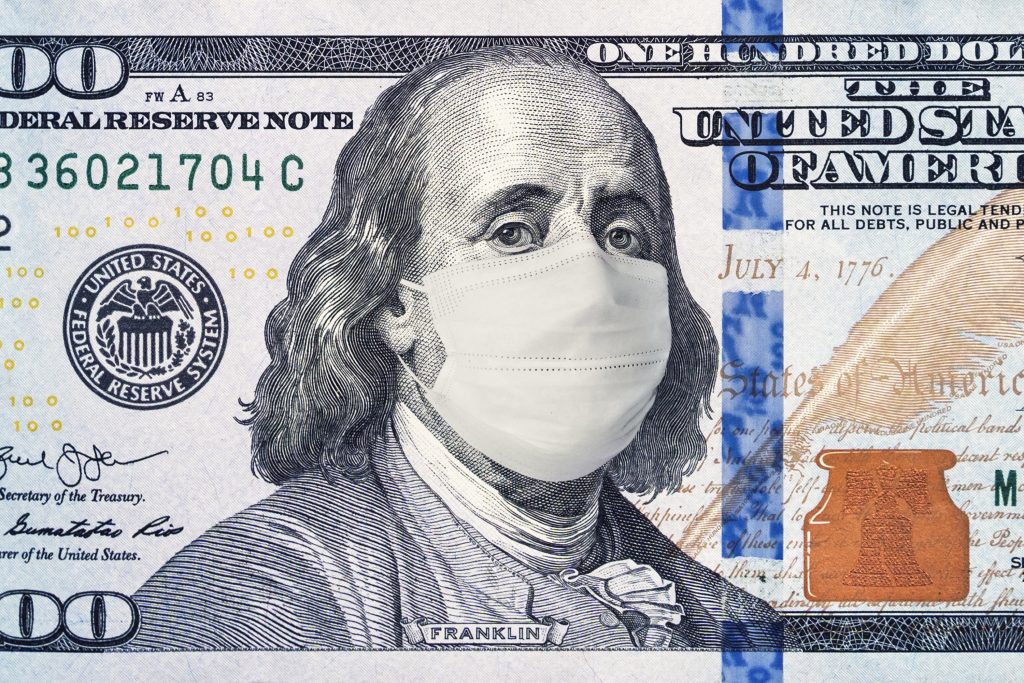RETAIL GROUP SAYS LATEST STIMULUS WILL HELP CONTINUE RECOVERY FROM PANDEMIC


Economic challenges brought on by the Coronavirus pandemic will continue in 2021, but stimulus legislation signed into law just after Christmas will help maintain and accelerate the nation’s ongoing recovery, National Retail Federation’s chief economist Jack Kleinhenz said on Monday.
“As we closed out 2020, it was an end to a whirlwind year whose challenging economic environment will almost certainly continue in 2021,” Kleinhenz said. “The coming year might be just as eventful as the economic recovery faces many uncertainties. Recoveries do not proceed in a straight line and the prospects for volatility over the next few months are high. Nonetheless, just like the old Timex watch commercials, the economy takes a licking but keeps on ticking.”
“We expect retail sales spending to see a boost from the new round of stimulus,” he added. “Consumers responded quickly to last spring’s stimulus checks, and distribution of the new checks will come at a critical time that will help carry 2020’s momentum into 2021.”
Legislation signed December 27th will provide one-time $600 stimulus checks to individuals making up to $75,000 a year and extends $300 weekly checks for the unemployed for almost three months. The new aid is particularly important to low-income families and the unemployed, who have faced challenges paying day-to-day bills in recent months, Kleinhenz said.
Kleinhenz’s remarks came in the January issue of NRF’s Monthly Economic Review, which said economic activity will likely pick up after the winter months and into mid-year as COVID-19 vaccines allow more activities to resume. The availability of a vaccine during the first quarter – historically a soft spot in the economy every year even without a pandemic – “couldn’t be better,” he said.
Even though full recovery has yet to come, the economy has made considerable progress. Retail sales for the first 11 months of 2020 (excluding car dealers, gas stations, and restaurants) were up 6.6 percent over the same period in 2019, and November’s year-over-year increase of 8.8 percent put the holiday season on track to meet NRF’s forecast of between 3.6 percent and 5.2 percent growth, the report said. Results for the full holiday season will be known when the Census Bureau releases December’s numbers on January 15th.
Some of the money normally spent on traveling, dining out, and entertainment shifted from services to goods in 2020, especially big-ticket home-related items like appliances and furniture, the report said. Rising wealth from increasing home values and stock prices have supported additional consumer purchases of retail goods, and the new stimulus checks should encourage consumers to “reengage” on non-durable goods and services.
While consumer spending and retail sales have largely returned, results have varied among retail sectors, and “economic uncertainty is very prevalent and at near-record levels,” the report said. Overall economic activity is not expected to return to pre-pandemic levels until late 2021 and employment at pre-pandemic levels is unlikely to return until well into 2022 or possibly 2023.


